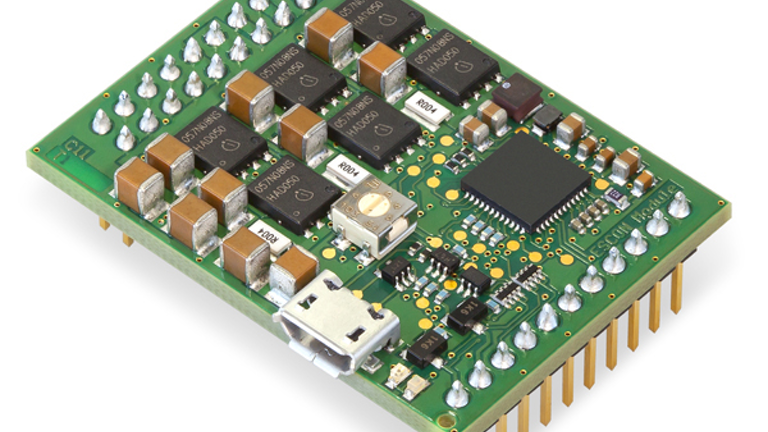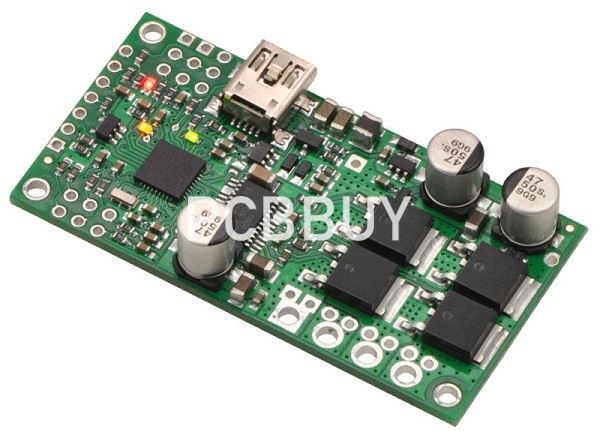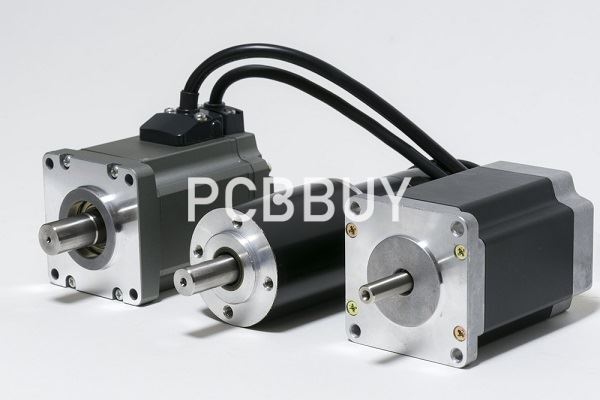How does a motor controller work?
By:PCBBUY 06/30/2021 17:23

To begin, motor controllers are electronic or electric devices that regulate torque, motor speed, and position output of equipment. A motor controller may come with either an automatic or manual means to stop or start a motor. Without a motor controller, a motor lacks protection from overloads, an aspect that could result in electrical faults.
You may think that motor controllers aren't relevant, but they are a crucial piece of tools in the real sense. Motor controllers are necessary as the microcontroller usually provide Amps of around 0.1. That's too little, considering that plenty of motors need several Amps. Motor controllers may aid you to achieve the required Amps.

How does a motor controller work?
A lot of people do not understand how microcontrollers work. Still, hundreds of them aren't bothered in knowing how they work. So, how do these devices with several coils of wires and magnets work? It's much simpler than you can imagine or even think.
Electric power does come in two ways: The Alternating Current (AC) and the Direct Current (DC). As you may know, Direct Current always flows in the same direction. But on the other hand, the Alternating Current moves from a negative to positive direction a lot. AC motors get powered by the AC. Now, the faster the current manages to switch direction, the quicker the motor gets to spin.
How does a DC motor controller work?
DC motors vary in power and size. You can find significant mechanisms used to pull hoists and elevators, power vehicles, to small ones found in toys. But again, how does a DC motor work? DC motors consist of two essential parts: an armature and a stator. The stator is the permanent part of the engine, and the armature is the rotating part.
A DC motor uses stationery sets of magnets found in the stator in addition to a coil of wire. The loop of wire has a current that runs through it generating an electromagnetic field that is aligned. One or more coil windings of the insulated wire get wrapped surrounding the core of the motor for purposes of concentrating the magnetic field.
The windings of the insulated wire get connected to a rotary electrical switch (commutator), that goes ahead to apply an electrical current to the coil windings. The rotating electrical switch allows every armature coil to get energized, thereby creating torque or a steady rotating force.
Upon turning on and off the coils in sequence, there is the creation of a magnetic field that interacts with different areas of the stationary magnets creating torque. These fundamental operating principles allow DC motors to convert electrical energy from direct current to mechanical energy that can use for propulsion equipment. All this is through a rotating movement.
How to choose motor controller?
Choosing between AC and DC motor controllers is just a matter of personal choice. Some people see who sees goodness in one while others in the rest. But to be on the safe side, before selecting a motor control, you need to know the type of motor you have.

An AC motor controller may not be ideal in a particular motor and vice versa. AC motor controllers are excellent at controlling motor speeds. On the other hand, in DC motor controllers, rates get controlled by varying the voltage. As you can see, those are two different things.
That's not all. AC motor controllers are somewhat energy-saving, primarily if you are operating large motors. Such may not be the case when it comes to DC motor controllers. However, DC motor controllers are some of the best at controlling directional changes.
Therefore, the motor controller's choice to use depends on the type of motor you have. But above all, when you are in the market for a motor controller, you need to consider the following factors:
· Electrical specifications (supply voltage, peak output current, and communication standard)
· The operating parameters (computer-controlled or aided, setup and control, hand-held devices)
· Other additional features (soft start, braking, status monitoring, self-diagnosing, design)'
What are the applications of motor controller?
As briefly noted in the beginning, motor control turns out to become part and parcel of our lives. Everywhere you go, you'll most certainly come across equipment that relies on them. The following are some examples of application areas where motor controllers find a lot of use:
· Medical Applications (medical analyzer, sleep apnea treatment)
· Automotive (HVAC motors, fuel/water pump, engine cooling fan, power steering)
· Solar Airplane
· Spacecraft
· Space Operated Vehicles
· Solar Heating System
· Fuel Pumps
· Electric Aircraft
· Chopper (DC Chopper Motor Drive)
· Cement Plants
· UAV (Propulsion System)
· Textile (Textile Rewinding Machine)
· Solar Tracking
· Hard Disk Driver
Industry Category











